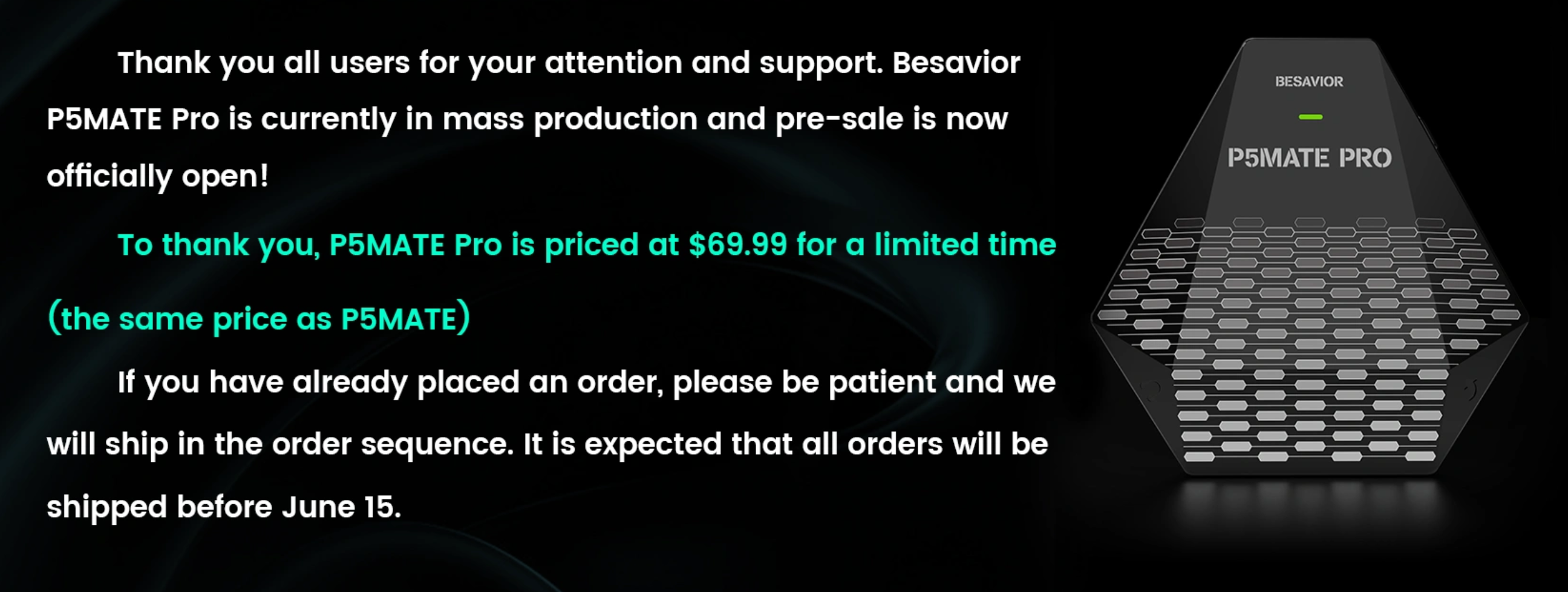|
Physicists at The City College of New York have made a groundbreaking discovery about how electronic excitations can interact through spin waves in atomically thin magnets. The research, led by Vinod Menon and his team at the Laboratory for Nano and Micro Photonics (LaNMP), has the potential to pave the way for cutting-edge technologies including optical modulators, all-optical logic gates, and quantum transducers. Their findings were recently published in Nature Materials.
The team demonstrated that excitons—bound states of electrons and holes—can influence each other indirectly by means of magnons, or spin waves, in a 2D magnetic material. These magnons act like ripples in the magnetic alignment of the crystal, allowing excitons to communicate across the material without direct interaction.
“Imagine magnons as tiny flip-flops of atomic magnets inside the crystal. One exciton disturbs the local magnetic field, which then affects another exciton nearby,” explained Menon. “It’s similar to how two objects floating on water can influence each other through the waves they create.”
To explore this interaction, the researchers used a magnetic semiconductor known as CrSBr, a material the group had previously identified as having strong light-matter interaction properties. This allowed them to clearly observe the behavior of excitons and magnons at play.
https://github.com/ChrisHNE/kbzte39
The project was led by postdoctoral researchers Biswajit Datta and Pratap Chandra Adak, with key contributions from graduate students Sichao Yu and Agneya Dharmapalan. The work also involved collaborations with teams at the CUNY Advanced Science Research Center, the University of Chemistry and Technology in Prague, RPTU Kaiserslautern in Germany, and the National Renewable Energy Laboratory in the U.S.
One of the most promising aspects of this discovery is the ability to control the interaction between excitons using an external magnetic field, taking advantage of the tunable magnetism inherent to 2D materials.
“This means we can essentially turn the interaction on or off, which is extremely difficult with most other types of interactions,” said Datta. Adak added, “A particularly exciting application is in the development of quantum transducers—devices that can convert quantum signals between different frequencies, such as from microwave to optical. These are essential components for future quantum computers and for realizing a quantum internet.” This new understanding of exciton-magnon coupling in 2D materials not only advances the field of condensed matter physics but also opens promising directions for next-generation quantum and photonic devices.
| 